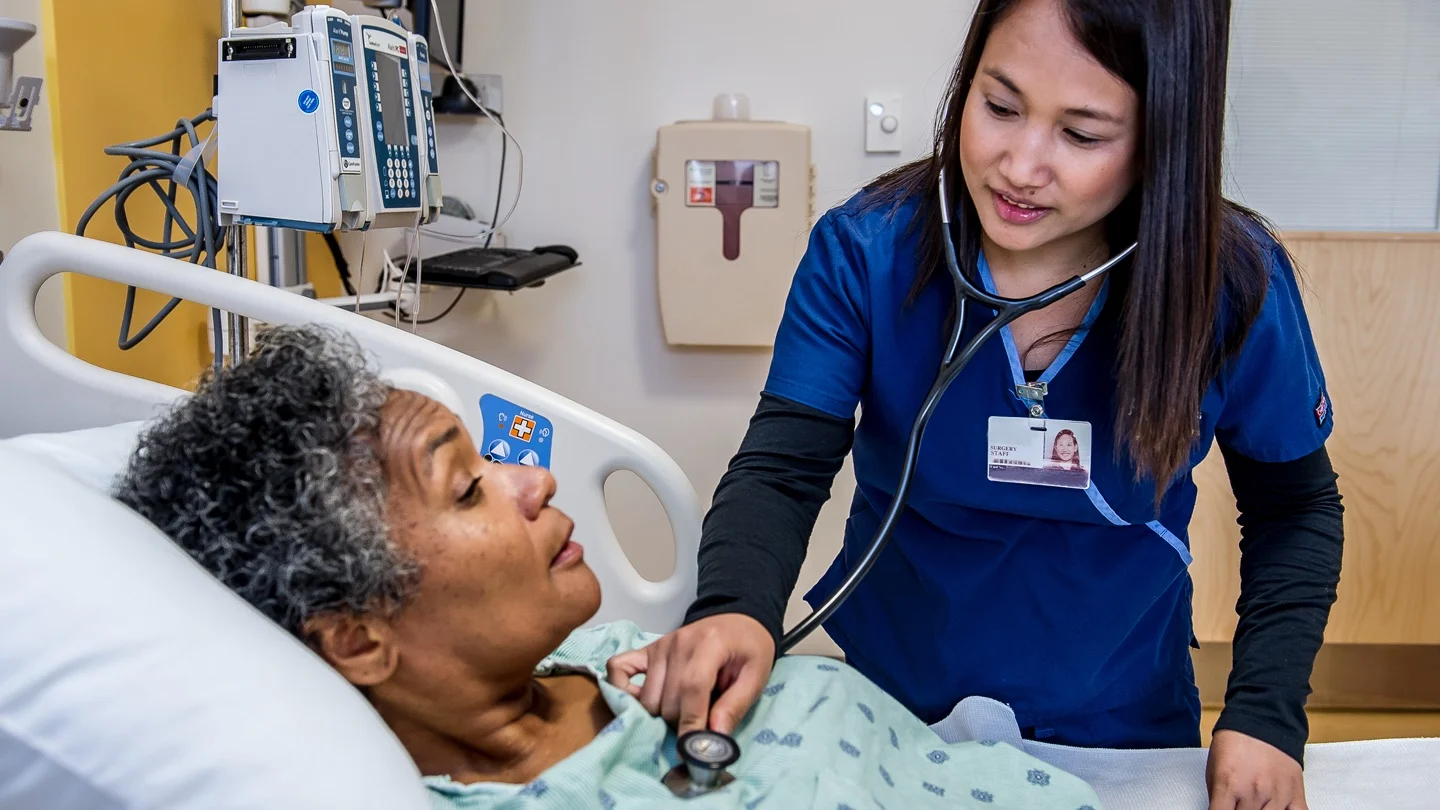Today our topic of discussion is Procedure of Holter Monitoring. Holter monitoring, often simply referred to as a “Holter monitor,” is a diagnostic tool that records the heart’s electrical activity continuously over a 24- to 48-hour period. It is used to identify irregular heart rhythms, symptoms related to heart problems, or to evaluate the effectiveness of medications or devices (like pacemakers) on heart rhythms.
Why Holter Monitoring?
Doctors recommend Holter monitoring when an electrocardiogram (ECG) does not capture adequate information about the heart’s activity. This might be because some heart rhythm irregularities only occur intermittently and might not appear during the brief period of a standard ECG. Patients who experience symptoms such as dizziness, palpitations, or fainting may be asked to undergo this test.
Preparation for Holter Monitoring
- Clothing: Patients should wear a loose-fitting shirt, allowing for easy placement of the electrodes.
- Bathing: Because the monitor must be worn continuously, patients should bathe before the device is attached, as they won’t be able to do so while wearing it.
- Medications: Unless instructed otherwise, patients should continue taking all medications as prescribed. It’s essential to let the healthcare provider know of any medications being taken.
- Allergies: Patients should inform their doctor if they have any skin allergies, especially to adhesive tapes or patches.

The procedure of Holter Monitoring:
Procedure (Fig. 29.92)
- Explain the procedure to the client and prepare the chest for electrodes
- Apply the electrode jelly and fix the electrodes securely to the chest
- Fix the connecting wires from each lead to the client’s skin with a stress loop to prevent accidental dislodging of the leads
- Connect the lead system to the holder recorder which is prechecked and has a blank magnetic tape and fresh batteries
- The recorder is fastened to the client’s waist using a belt.
- When the recorder is activated, ECG signals are recorded on the magnetic tape
- Note the time in the client’s dairy when the recorder is activated

- Explain to the client to record all the activities with time in the dairy and also any unusual symptoms experienced
- Instruct client to come back with dairy and the equipment on the next day at the specified time
- Once the client reports back put off the monitor and remove it from the client with the electrodes
- Play back the tape on the scanner and identify the areas of abnormal wave patterns
- Record these areas on the ECG paper as a permanent print out which can be analyzed later.

After Care
If you or someone you know has recently undergone Holter monitoring, here are some after-care guidelines:
- Removing the Holter Monitor:
- If your healthcare provider hasn’t already removed the monitor, carefully detach the electrodes from your skin. The adhesive might make them stick a bit, but they should come off with gentle pressure.
- Skin Care:
- After removing the electrodes, you might notice some mild irritation or redness on your skin. This is common and usually goes away on its own.
- If you have sensitive skin or an adhesive allergy, the irritation might be more pronounced. Gently wash the areas with mild soap and water.
- If you experience significant irritation or an allergic reaction, contact your doctor.
- Returning the Monitor:
- Often, you will need to return the Holter monitor to the doctor’s office or diagnostic center so they can download and analyze the data. Ensure you return the device promptly.
- Follow any specific instructions provided by the medical facility or your healthcare provider regarding the return process.
- Normal Activities:
- Once the monitor is removed, you can resume all regular activities, including showers or baths which might have been restricted while wearing the device.
- Follow-up:
- Your doctor will analyze the data recorded by the Holter monitor. It can take some time, usually a few days to a week, for the results to be ready.
- Schedule a follow-up appointment to discuss the results with your doctor.
- Based on the findings, your doctor might recommend additional tests or treatments, or they might simply provide you with insights into your heart’s activity during the monitoring period.
- Stay Aware of Symptoms:
- If you experienced symptoms while wearing the Holter monitor (like palpitations, dizziness, or shortness of breath) but didn’t record them, inform your doctor during the follow-up appointment.
- Continue to keep track of any cardiac symptoms you experience and inform your healthcare provider.
Always follow your healthcare provider’s specific instructions and advice regarding Holter monitoring and after-care. If you have questions or concerns about the process or your results, don’t hesitate to reach out to your medical team.
Read more:
